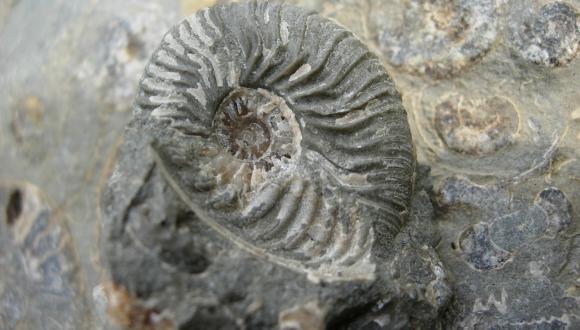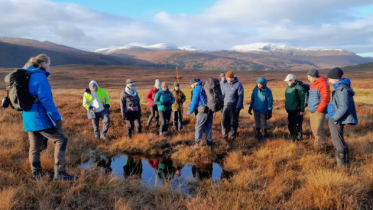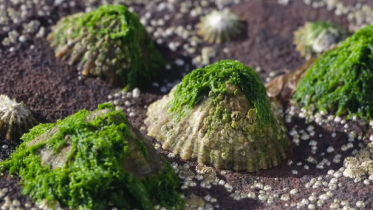Pressures on landscape sculptures
Landforms from our glacial past are irreplaceable, and can be destroyed by development, sand and gravel extraction or afforestation.
Many of Scotland’s landforms are relict features formed by processes that are no longer active today such as glaciation.
These landforms include moraines, eskers and drumlins, which often strongly influence the local landscape character.
Many caves also developed during the last Ice Age, often under processes of high water flow or altered sea levels that don’t occur today.
These natural ‘landscape sculptures’ may be:
- lost forever through inappropriate building or infrastructure development
- hidden beneath commercial afforestation schemes
- destroyed by extraction processes where the landform is a source of sand and gravel (more extensive deposits may be more robust)
Many caves (and also karst landforms) are vulnerable to:
- changes in water flow and water chemistry
- careless or irresponsible caving practices
- destruction through activities such as quarrying
- blocking or pollution from the tipping of agricultural or other waste
How we can help
NatureScot advises on the conservation of Scotland’s relict landforms.
Contact your local NatureScot area office.






